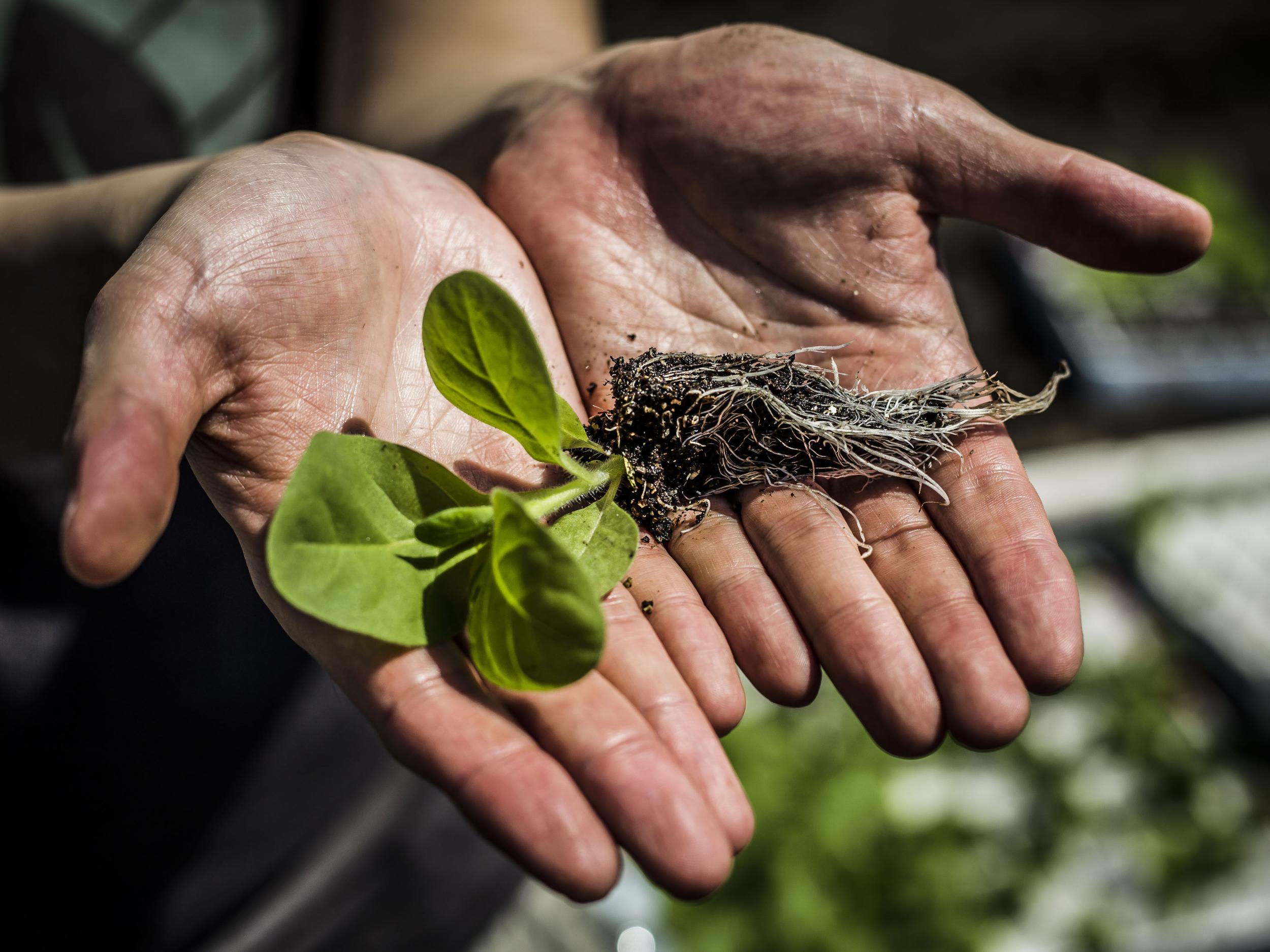Scientists fix photosynthesis ‘glitch’ in plants and boost crop growth by 40%
Genetically engineered plants 'would go a long way to meeting the 21st century's rapidly expanding food demands', scientists say

Your support helps us to tell the story
This election is still a dead heat, according to most polls. In a fight with such wafer-thin margins, we need reporters on the ground talking to the people Trump and Harris are courting. Your support allows us to keep sending journalists to the story.
The Independent is trusted by 27 million Americans from across the entire political spectrum every month. Unlike many other quality news outlets, we choose not to lock you out of our reporting and analysis with paywalls. But quality journalism must still be paid for.
Help us keep bring these critical stories to light. Your support makes all the difference.
Scientists have genetically engineered plants so they grow up to 40 per cent larger by tweaking the process they use to turn sunlight into food.
Photosynthesis allows plants to harvest the sun’s energy and produces vital oxygen as a by-product, fuelling the rich array of life on Earth.
However, this mechanism is hampered by an energy intensive process called photorespiration, which plants have evolved to work around an inefficiency present in regular photosynthesis.
“Photorespiration is anti-photosynthesis,” said Dr Paul South, a molecular biologist at the US Department of Agriculture who led the international team responsible for study, published in the journal Science. “It costs the plant precious energy and resources that it could have invested in photosynthesis to produce more growth and yield.”
One of the key components in photosynthesis is Rubisco, a substance that helps convert carbon dioxide and water into the sugars that plants need.
Around 20 per cent of the time Rubisco mistakenly grabs oxygen instead of CO2, resulting in the production of a toxic substance that must be removed by photorespiration.
Photorespiration uses a large amount of energy as the substances involved follow a lengthy path that travels through three compartments in the plant cell.
To cut down on energetic costs, Dr South and his colleagues created plants with much shorter pathways, a feat of plant engineering they compared to the Panama Canal in the way it boosted efficiency.
By fixing this “glitch” a huge amount of energy wasted in photosynthesis can be saved, boosting productivity and in theory helping to feed the expanding human population.
Using tobacco plants to test their ideas, the scientists conducted field studies over the course of two years, and found engineered plants were around 40 per cent larger.
They are now attempting the same thing with edible crops including soybeans, rice and potatoes.
Professor Donald Ort from the University of Illinois said 200 million additional people could be fed with the calories currently lost to photorespiration in the Midwestern US alone.
“Reclaiming even a portion of these calories across the world would go a long way to meeting the 21st century’s rapidly expanding food demands – driven by population growth and more affluent high-calorie diets,” he said.
As higher temperatures are known to increase photorespiration rates even further, this research could have particular relevance in warmer climates as global temperatures increase.
The work, which is part of Realising Increased Photosynthetic Efficiency (RIPE) project, will probably not be applied to food crops for over a decade.
However, the scientists and funders behind the endeavour have committed to providing royalty-free access to the fruits of their labour to smallholder farmers in areas like Sub-Saharan Africa and Southeast Asia.
Genetically engineered plants have long provoked suspicion among the public, but with the global population approaching 9 billion many scientists see them as essential tools to feed the world.
Besides plants with improved photosynthesis, others that have been developed include crops with higher nutrient content, or strains that are resistant to common diseases.
Subscribe to Independent Premium to bookmark this article
Want to bookmark your favourite articles and stories to read or reference later? Start your Independent Premium subscription today.
Join our commenting forum
Join thought-provoking conversations, follow other Independent readers and see their replies
Comments